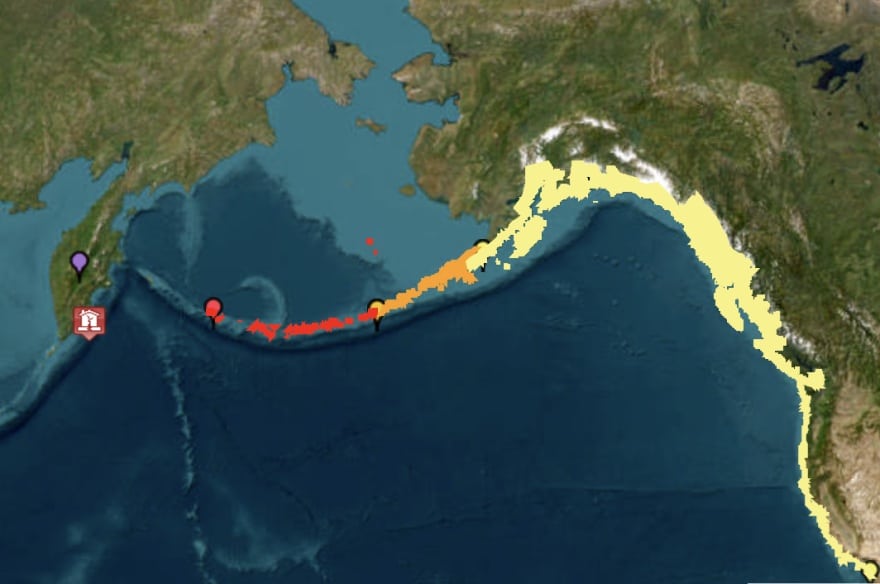
Tsunami waves triggered by a massive 8.8-magnitude earthquake off Russia’s eastern coast have reached Hawaii, where a 4-foot (1.2-meter) wave was recorded off Oahu, and evacuation orders have been issued in Hawaii, parts of the US Pacific coast, and Japan after one of the strongest earthquakes in modern history struck Russia’s Kamchatka Peninsula.
Hawaii Governor Josh Green has requested that people heed evacuation orders and remain calm, while US President Donald Trump advised Americans to be on alert for tsunami warnings.
In Japan, 1.9 million people have been told to evacuate and a tsunami wave of 4.3 feet (1.3 meters) has reached the northern Iwate prefecture, according to the country’s weather agency. Tsunami alerts of varying levels have also been issued in the Philippines, Indonesia, Guam, Peru, and the Galapagos Islands off Ecuador.
Several people have been injured in Kamchatka due to the earthquake, and strong aftershocks are expected, Russian TASS news agency reported.
In Japan, workers at the damaged Fukushima Daiichi nuclear power plant in eastern Japan—site of one of the two worst nuclear accidents in modern history in 2011—were evacuated, according to the plant’s operator, Tokyo Electric Power Company (TEPCO).
Tsunamis are a recurring threat, and the Japan Meteorological Agency (JMA) warned people not to go out to sea or “approach the coast until the warning is lifted.” The agency initially predicted waves of up to about three feet but later revised the estimate to ten feet.
Possibility of a tsunami hitting US Pacific coast
In the US, the US Pacific Tsunami Warning Center (PTWC) estimated that there was a possibility of “dangerous” seismic waves hitting the coasts of California, Oregon and Washington, Hawaii, Guam and other coastal areas. The same source estimated that the coasts of Ecuador were at risk.
Waves of 3 to 10 feet are also possible on the coasts of Chile, Costa Rica, and French Polynesia, it was added. For its part, the Mexican government has ordered civil protection to ensure that the population is removed from the coasts. The Navy also warned that “very strong currents in port entrances” should be expected from the state of Baja California in the northwest to Chiapas in the south.
Warnings for waves of about three feet were also issued from Australia to Colombia, from the Philippines to New Zealand, from the Tonga islands to Taiwan, and in Indonesia. The Philippines specifically called on coastal residents to flee inland to higher ground, as it expected a tsunami of up to 3.5 feet from 08:20 to 09:40 (Greece time), while it called on fishermen at sea to remain in deep waters.
On July 20, a 7.4-magnitude earthquake, followed by several aftershocks, was recorded in the same area. No major damage was reported. The Kamchatka Peninsula is located at the intersection of the Pacific and North American tectonic plates, making it one of the most seismically active regions on the planet.
The Russian peninsula, which separates the Sea of Akhotsk from the Pacific Ocean, is one of the “most earthquake-prone regions in the world,” as the United States Geological Survey (USGS) puts it.
This is a developing story.

